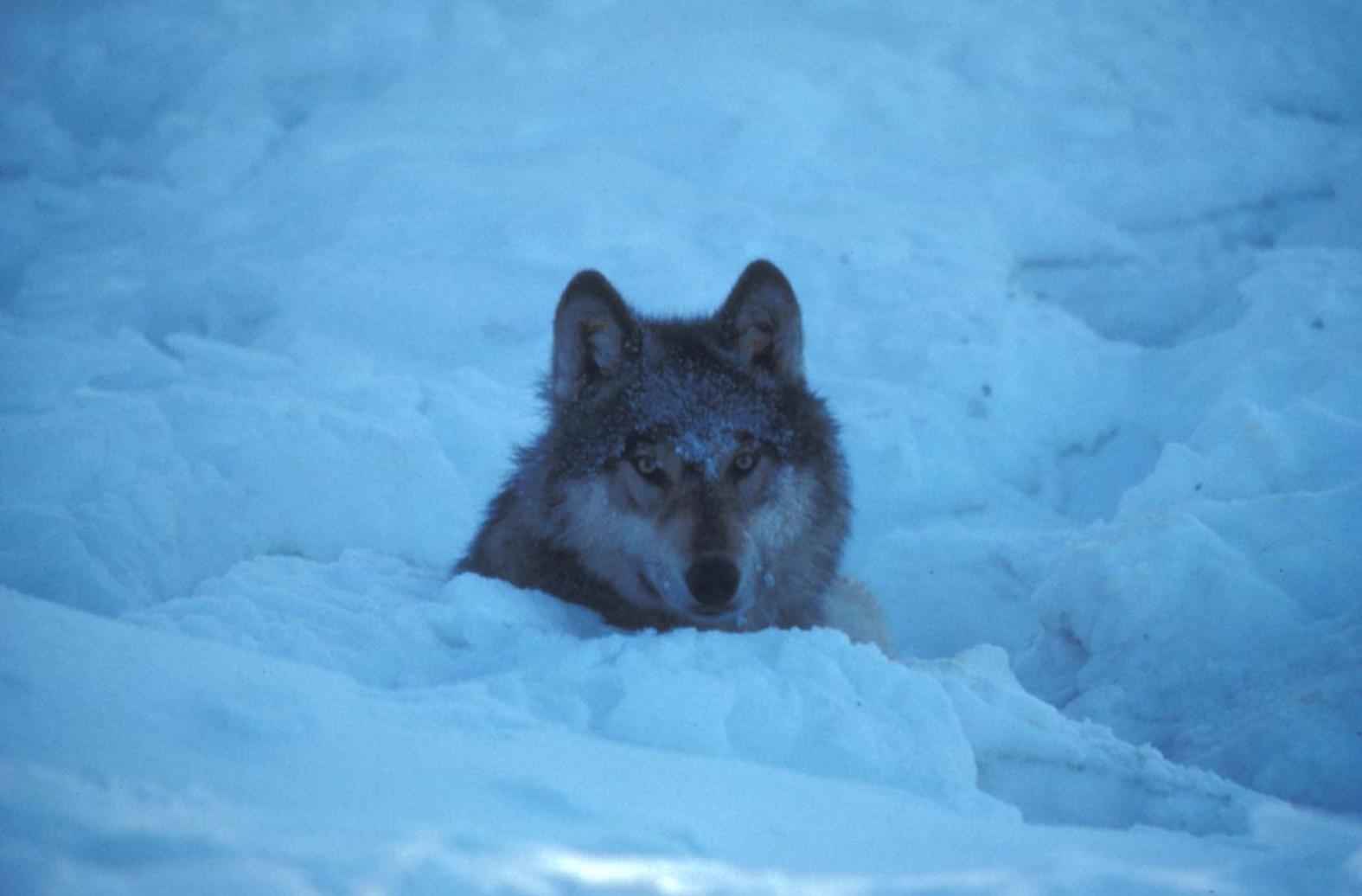 |
| "Red Tailed Hawk" photo by KL Wood |
 |
| "Male Dancers" photo by KL Wood |
 |
| The author's Power Animal for the day. |
The hawk is a "Power Animal" or "Spirit Animal." The best definition of Power Animal I have found is at www.warpaths2peacepipes.com . Here is a quote from the website: "Power Animals are strongly associated with the Native American Indian belief in Animism that is a belief based on the spiritual idea that the universe, and all natural objects within the universe, have souls or spirits. Power Animals are believed to be a supernatural power that embodies, attaches or conveys influence empowering a person with the powerful traits and characteristics of the animal. The doctrine of this belief is that everything is alive, and possesses an inherent virtue, power and wisdom. Power animals represent a person's connection to all life, their qualities of character, and their power. Power Animals are regarded as guides who appear in dreams or Vision Quests in the form of an animal. Power Animals, or spirit guides, walk through different stages of life with a person, teaching and guiding them,
 |
| "Pow Wow Dancers" photo by KL Wood |
As a Power Animal, the hawk is a Messenger and represents Guardianship, Far-Sightedness, and Strength. Coming into such close contact with the beautiful red-tailed hawk, I could feel how she would symbolize all those qualities.
Have a good couple weeks, dear Reader. Thanks for stopping by...y'all come back now!
Kate



